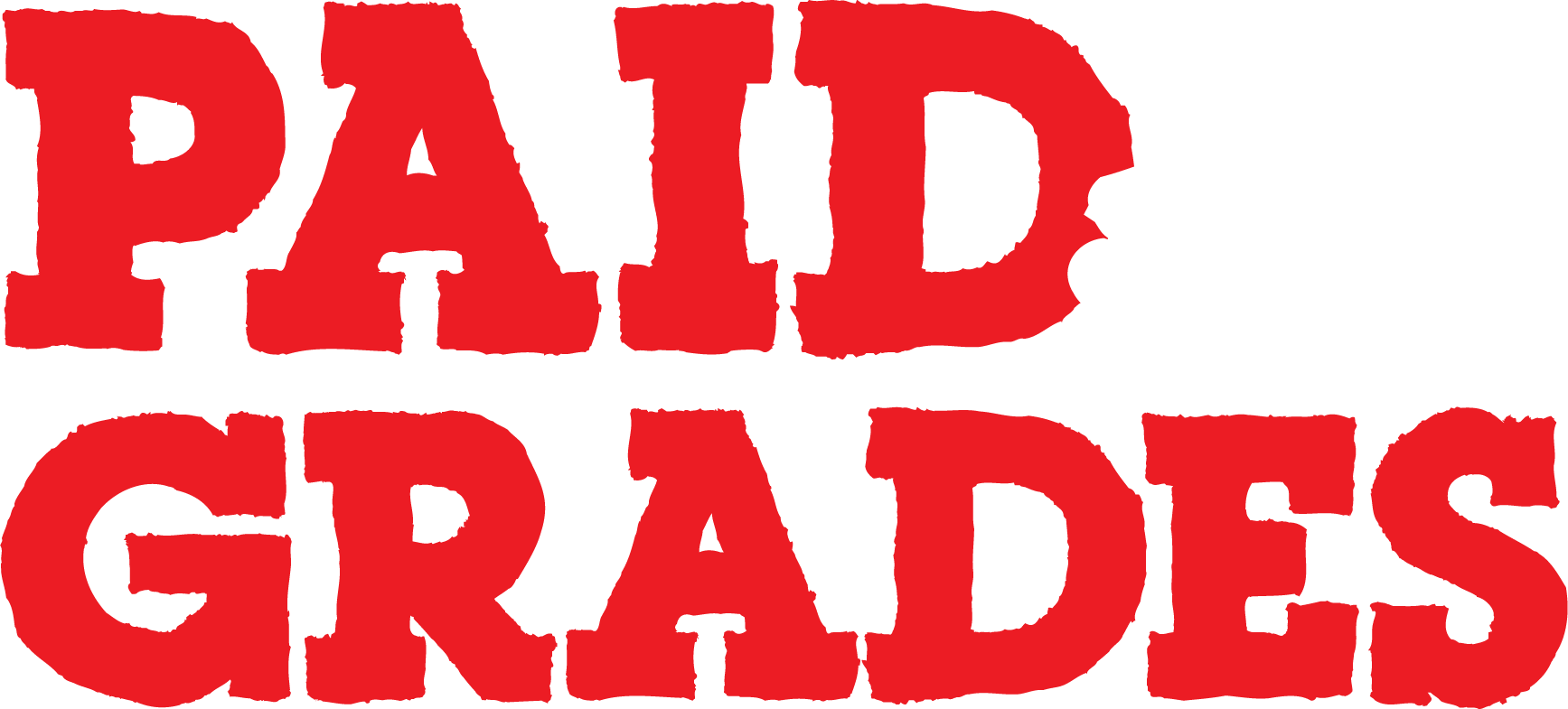Halloween, with its rich tapestry of folklore, mystery, and tradition, is a goldmine for educators.
When we look past the costumes and candy, we see that it’s an opportunity to interweave fun and learning. And why should learning not have a dash of the spooky and supernatural, right?
Good news: we’ve got ten ideas for how you can inject some Halloween spirit into your lesson plans over the next two weeks. So, educators, grab your broomsticks (or markers), and let’s embark on this magical, mystical journey!
#1. Teach Some Haunted History
For high school students, delving into the depths of history can be made more engaging with a Halloween twist. Explore the transitions from the Samhain festival to the modern-day Halloween celebrations. Encourage students to delve into primary sources, journal entries, or age-old manuscripts. As a project, they can create a documentary or podcast episode about haunted historical landmarks. Or, students can even perform a dramatized account of a historical Halloween event, adding that touch of theater to their history lessons.
#2. Pumpkin Science
The intricate science behind the humble pumpkin can captivate older students’ minds. Beyond just carving, why not dive into its genetic variations? Or, delve into the chemistry of the pumpkin’s decomposition process after Halloween is over by exploring the enzymatic reactions that cause it to rot. A lab experiment testing its buoyancy can lead to discussions about density, mass, and volume, making it a comprehensive scientific exploration.
#3. Monstrous Math
Math becomes more complex at the high school level, but that doesn’t mean it can’t be fun. Delve into probability with trick-or-treating scenarios. For an advanced assignment, try modeling a zombie apocalypse using calculus and exponential growth principles. This provides both challenge and engagement. This works for business and economics courses, too; for instance, you can use statistical analysis to predict the most popular Halloween costumes based on past trends.
#4. Eerie English
Introduce your students to gothic literature, highlighting the psychological and societal undertones in classics like Dracula or The Picture of Dorian Gray. Have them engage in a detailed analysis of the fear factor in literature, understanding the psychology behind it. You could even ask them to write their short stories, reflecting contemporary fears, making it both an analytical and creative exercise.
#5. Ghastly Geography
Travel the world without leaving the classroom. Study the world’s most haunted places and the cultural, historical, and geographical reasons they’re associated with the supernatural. Perhaps students can create an interactive map with embedded videos or narratives detailing each haunted location’s lore.
#6. Art from the Afterlife
Art can take a dark (yet still age-appropriate) turn during Halloween. For instance, ask students to explore gothic art or study the evolution of horror in cinema. A hands-on project could be to ask students to try designing a new movie poster for classic horror films. Asking students to showcase an understanding of the elements that evoke fear visually lets them showcase their ability to convey ideas visually
#7. Phantom Physics
Light plays tricks, especially in the dim ambiance of Halloween. A detailed study of light’s properties can lead to engaging labs. Maybe design an experiment around creating illusions using mirrors or water. Discuss the science behind popular haunted house effects, making those spooky attractions all the more intriguing.
#8. Mystical Music
Music has power. During Halloween, it can send chills down our spine, making any situation creepier by defining the ambience. Try having students analyze the score from movies like Psycho or The Exorcist, or classical pieces like Mussorgsky’s Night on Bald Mountain. Delve into the theory behind minor keys, dissonant chords, and irregular rhythms that often characterize spooky music. Encourage students to try their hand at composing using digital music platforms.
#9. Bewitching Biology
Biology can take a nocturnal turn during the spooky season. For example, dive into the nocturnal adaptations of creatures like owls and bats. Maybe even explore the genetics behind albinism in animals like snakes, often associated with the supernatural. A special segment could involve bringing in experts on nocturnal creatures or virtual reality tours of their habitats.
#10. Cryptic Coding
For those in computer science classes, Halloween can be a digital adventure. Have students design simple horror-themed games using logic and problem-solving skills. They can even explore the world of augmented reality, creating ghostly holograms or virtual haunted houses.
Engage Students by Getting Spooky!
Halloween in the classroom is more than just fun and games. It’s a portal to an enriched learning experience.
As educators, our magic lies in blending the festive spirit with foundational knowledge, ensuring that the learning process becomes as enchanting as Halloween itself. So, here’s to lessons that resonate, spook, and inspire! 🎃👻📚
